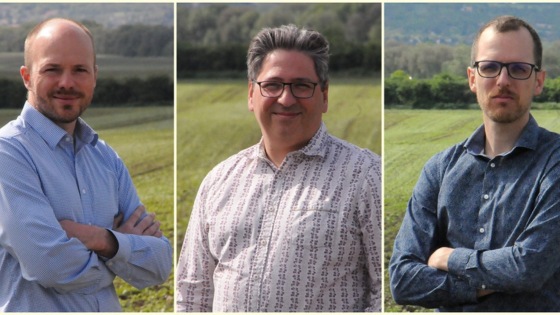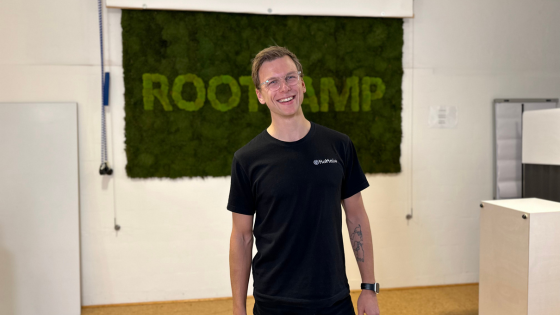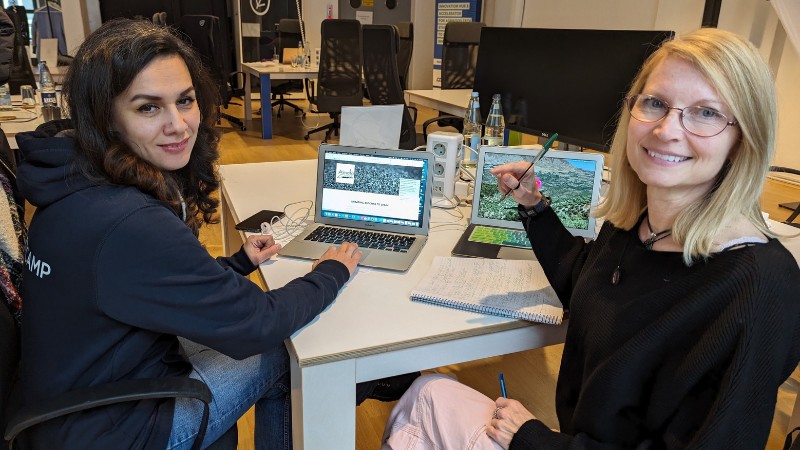VCG.AI offers the Value Chain Generator, a platform that helps companies transform organic byproducts and waste into valuable resources. Leveraging artificial intelligence and extensive databases, the platform identifies suitable waste materials and evaluates hundreds of conversion technologies and business models. The goal is to create profitable and sustainable circular solutions for industries such as agriculture, food, and forestry while reducing their carbon footprint. Jon Goriup, co-founder & CEO VCG.AI, answered our questions and described the main idea of the startup.
Can you explain, in simple terms, what your platform offers and how it works?
VCG.AI is an AI platform for companies to develop and launch circular products and business models faster and more efficiently. Our proprietary AI achieves this by analysing millions of global data points in real-time— technological and scientific advancements, market trends, feedstock availability, and active companies in the field. This enables the development of technically viable and profitable circular products and business models based on the latest global intelligence.
By connecting feedstocks, suppliers, technologies, and market applications, VCG.AI makes it easier to develop new circular products, find high-value uses for industrial by-products, and uncover actionable circular market opportunities. This reduces time and costs while increasing the success rate of circular innovations. Essentially, we provide centralised data intelligence to turn circular economy ideas into viable business solutions.
What specific challenges did the companies you worked with face before using vcg.ai?
Developing and launching bio-based circular products using traditional methods often fails due to several key challenges.
Rapid technological advancements, shifting markets, and evolving regulations make it difficult for companies to stay ahead. R&D demands significant time and financial investment, yet many organisations lack critical data on feedstock availability, novel technologies, and market demand for new materials.
As a result, many circular products and businesses struggle to succeed, and numerous innovations never reach the market. VCG.AI removes the guesswork, providing companies with data-backed strategies to develop circular products and business models that are market-ready and commercially viable.
Could you share a specific example from your case studies that demonstrates how your platform works and delivers measurable impact?
One of our clients, a large biorefining company, wanted to find higher-value applications for their by-products. They used VCG.AI to gain insight into the currently most relevant value-adding technologies for their feedstock, market trends, and the highest-paying processors for their materials.
With global circular intelligence at their fingertips, they received a directly applicable strategy— identifying which feedstocks to sell, to whom, and which technologies to invest in to maximise their future returns. By leveraging VCG.AI, they will implement viable circular initiatives with maximum time and cost efficiency, achieving results in months rather than years.
You currently focus on Europe with plans to expand into the USA and Latin America. Why exactly these countries?
Our solution is already used by industry leaders, R&D institutions, investors, and public authorities in 15 European countries. In the coming years, we plan to expand to the U.S. and Latin America, where demand for accelerating the circular bio-based industry is growing fast, and feedstock availability is there to support the industrial-scale deployment of circular business models. We also have strategic market partners in these regions, which will help us enter these new markets more smoothly.
With plans to begin fundraising in Q3 2025, what are the next milestones you hope to achieve with the funding?
Our next funding round, planned for Q3 2025, will focus on strengthening our technological advantage, developing solutions for a broader scope of industries, and supporting our expansion beyond Europe in the coming years.
What opportunities do you see in the German market and being a part of the RootCamp acceleration program?
Germany is one of our core strategic markets, with well-developed, relatively mature, and well-connected industries. The transition to a circular economy in such markets can drive economic growth, create new green jobs, and unlock new opportunities. RootCamp Accelerator and its excellent mentors are opening new doors for us, helping to enhance our recognition and market access in our key markets.
Join Join our program and get equity-free support with a grant to help bring your idea to life
- application deadline is on 19th of March. Apply here.
/rootcamp_logo_white_2022.png?width=2123&height=630&name=rootcamp_logo_white_2022.png)

/RC%20logo%202022.png?width=2325&height=703&name=RC%20logo%202022.png)
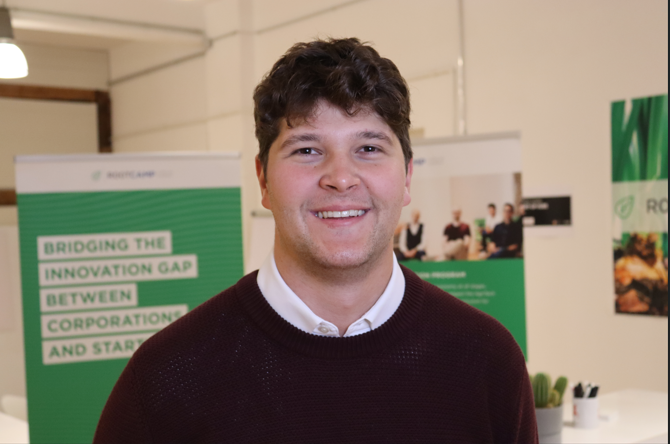
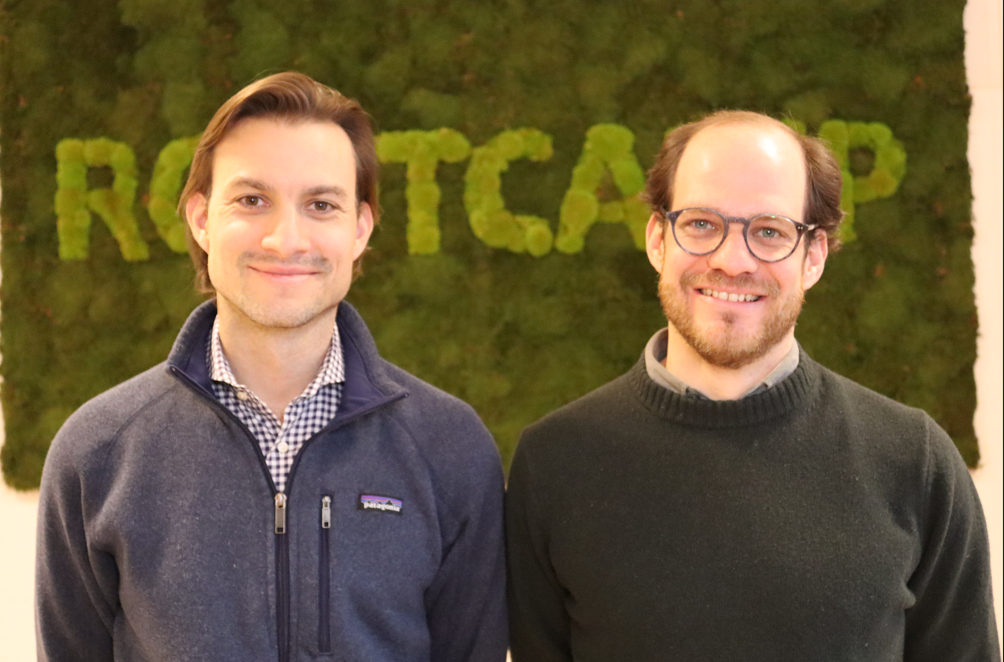
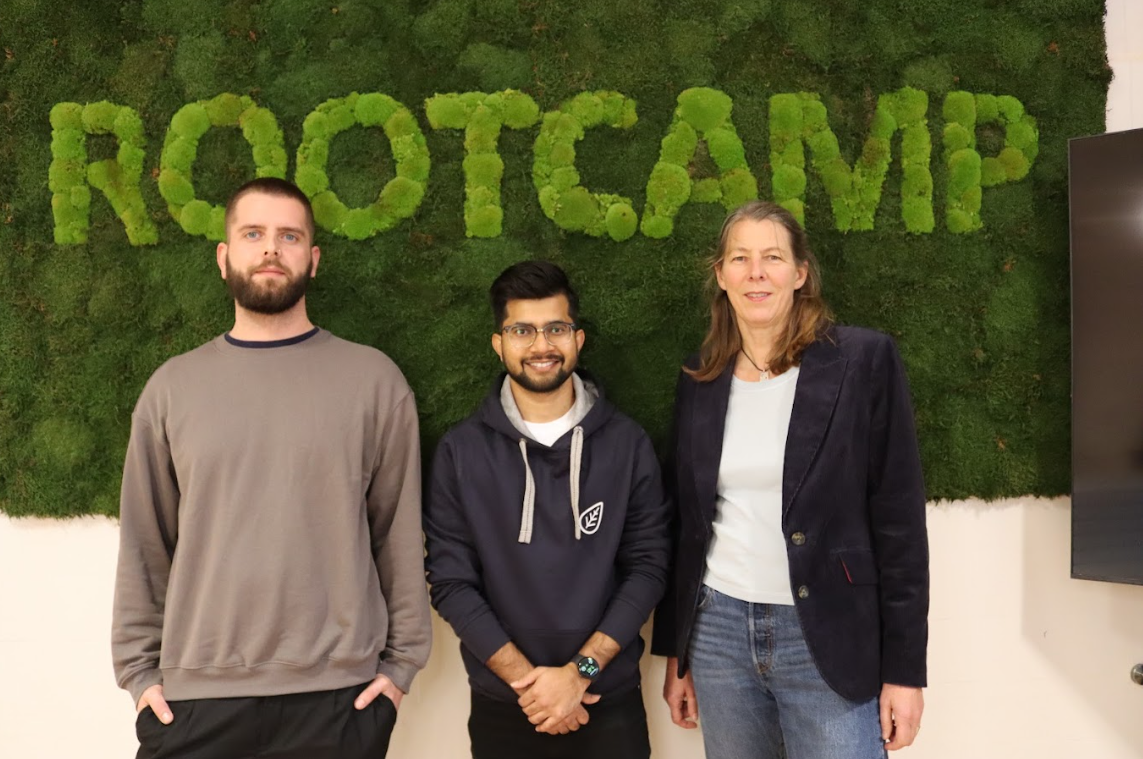
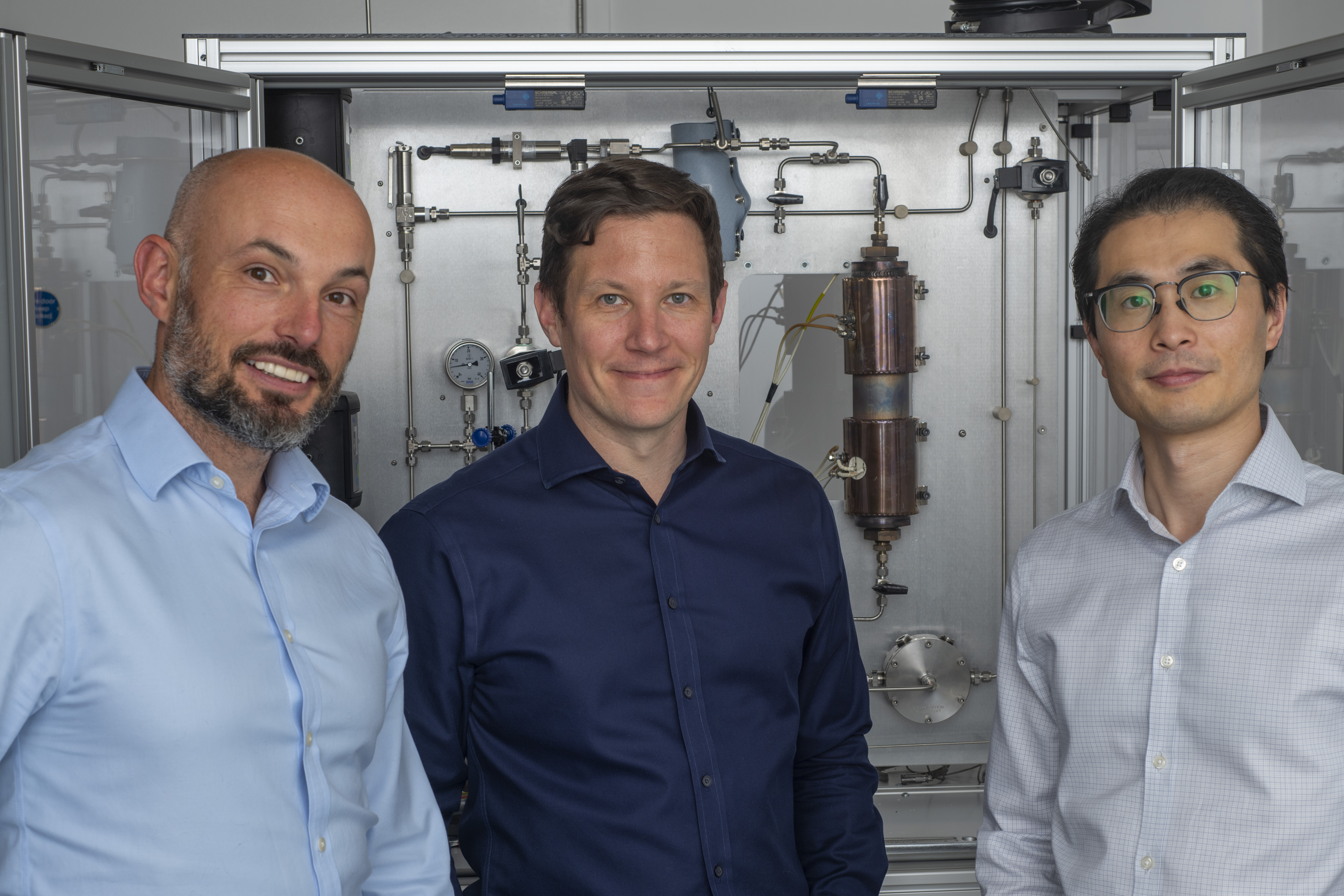

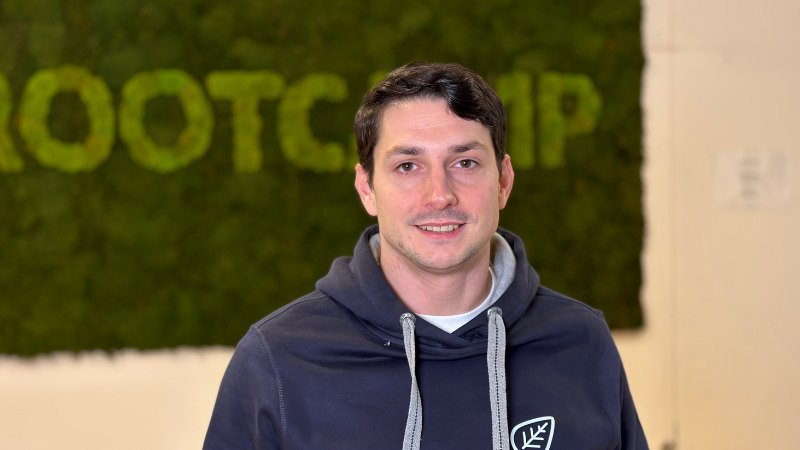
.jpg)
